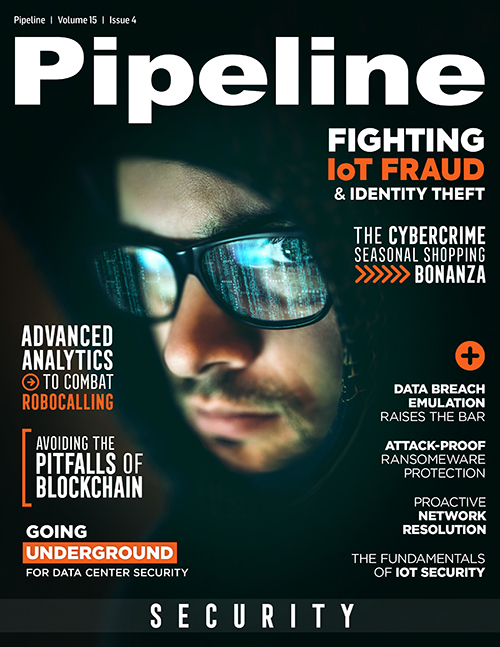How Operators can Avoid Blockchain's Pitfalls
In a six-month series of PoC projects, the blockchain-enabled software development approach was seen to improve cycle times by 34 percent, productivity by 29 percent, and quality by 11 percent. It empirically demonstrated that blockchain technology could improve efficiency and deliver greater transparency not only for telecoms but also across industries who today rely on software.
Shawn Muma, DSCI Blockchain Research Leader, stated: “We were able to clearly demonstrate blockchain’s contribution to the improvements achieved,” and that blockchain would “have widespread impact beyond supply chains and financial services, across all global industries and markets.”
Blockchain challenges
There are several use cases for blockchain in the telecoms industry, and PoC projects such as the one described above clearly demonstrate the technology’s ability to improve efficiencies. But it’s important to consider that blockchain is still a relatively new technology and one not without its own challenges.
Standards for sharing information are still being formed, for example, so—for the time being—operators will be required to conform with existing data standards in terms of security and privacy. They will need to comply with relevant regulations such as GDPR, HIPAA and PCI-DSS. The use of permissioned blockchain is therefore recommended when sharing information within a partner or vendor ecosystem.
Operators should also strike the right balance between what information goes on a chain and what goes off. While there are clear advantages to keeping a trail of historical data, the volume of that data can quickly become too vast to be unsustainable, requiring new means of archiving to be developed.
Finally, blockchain is often thought of as being anonymous, when it is, in fact, pseudonymous. This isn’t necessarily a bad thing, however. If blockchain is to be used to improve identity management, for example, user anonymity should be avoided, and relevant Know Your Customer (KYC) procedures applied.
These and other teething problems aside, blockchain represents a significant opportunity to improve the security, efficiency and cost-effectiveness of the telecoms industry. In the words of IDC, “as technologies like blockchain become more widely adopted, the network becomes the basis for the movement of value, not just information. Consequently, the network must be resilient.”
For it to succeed, therefore, organizations need to be prepared for change and to embrace the technology as it enters the mainstream. Dismiss blockchain at your peril.





















